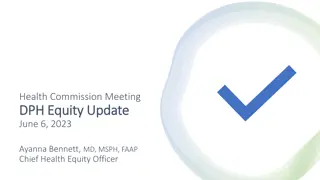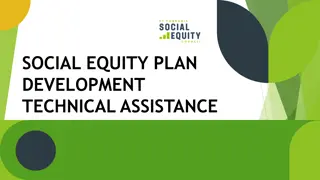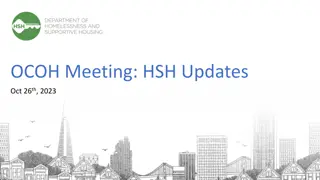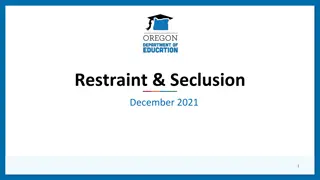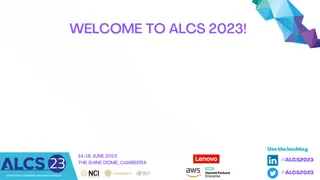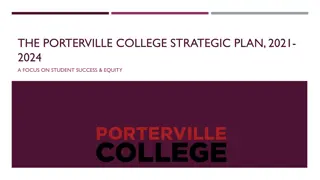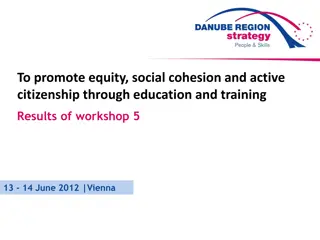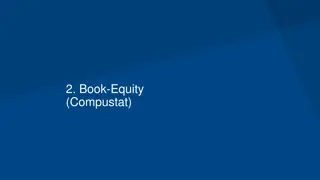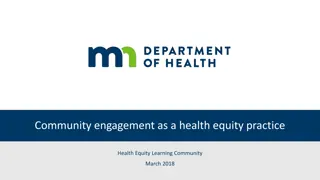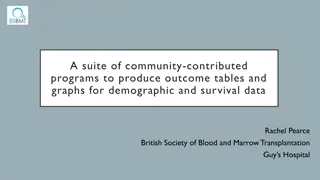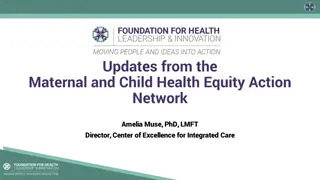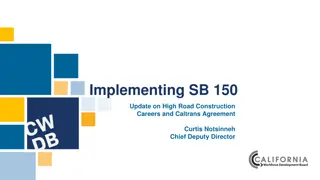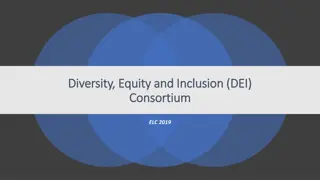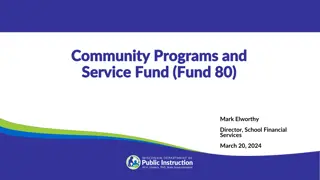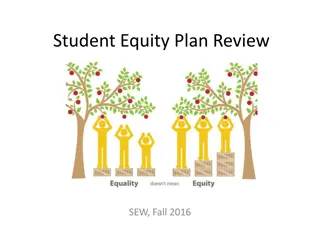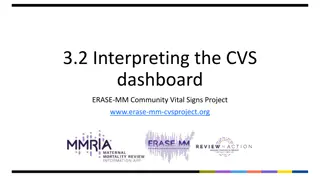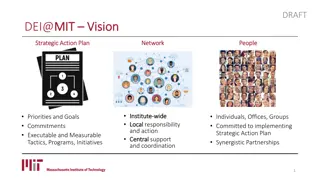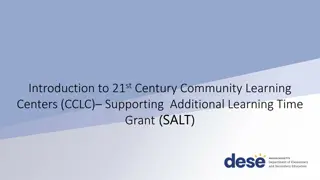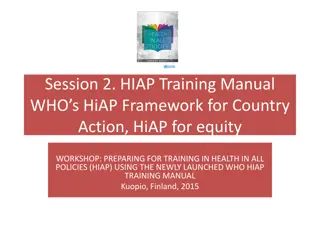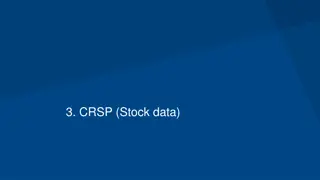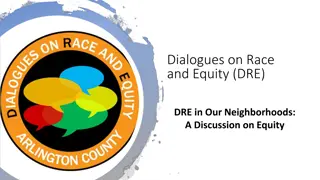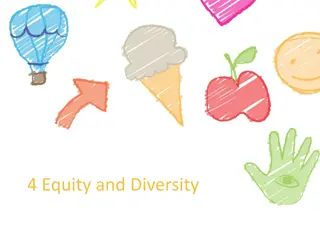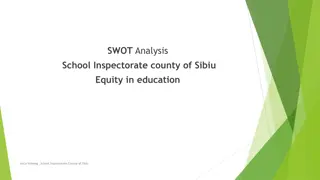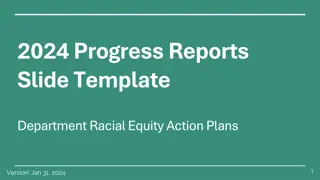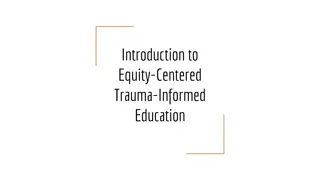Enhancing Equity in Community Programs through Data Analysis
Assessment of equity in community programs focusing on priority areas in Chicago, utilizing neighborhood data to address inequities. The dashboard overview breaks down program equity into five key areas and provides insights on affordability, transportability, modality, accessibility, and program types. Tools such as the map and diversity of programs are used to examine and enhance program diversity and accessibility. A discussion on the distribution of time underscores the importance of scheduling flexibility for working families.
Download Presentation

Please find below an Image/Link to download the presentation.
The content on the website is provided AS IS for your information and personal use only. It may not be sold, licensed, or shared on other websites without obtaining consent from the author. Download presentation by click this link. If you encounter any issues during the download, it is possible that the publisher has removed the file from their server.
E N D
Presentation Transcript
My CHI My Future Project Team Dolphin Parveen Dhanoa, Hongjia Chen, Arielle Michelman
Our Approach Focus on the 15 priority community areas South & West Side Combine with neighborhood data to find inequities CMAP (Chicago Metropolitan Agency for Planning) Dashboard for future questions and concerns Details of usage on the following slides
The Dashboard Overview Broke down program equity into 5 areas: Affordability, Transportability, Modality, Accessibility, and Program Types Found proxy metrics from the MCMF or CMAP dataset % of Free Programs and Median Household Income for Affordability % of Programs that Provide Transportation and % of Household without Vehicle for Transportability % of Households without Internet Access and % of Households without computing device for Modality Along with a breakdown of the composition of programs (online vs. in-person, different types of online programs) Programs per youth and % of youth for Accessibility Average age range of programs and Average duration of programs Diversity of Programs Dashboard
Using the Map Tools Select the checkbox to highlight the focus neighborhoods Use the tabs on the left of the dashboard to examine maps of the different program equity areas
Diversity of Programs This tool shows the top 5 programs given a neighborhood. Use the dropdown option to select a neighborhood to examine programs within a certain neighborhood. To filter by a certain age, you can click the checkbox and use the slider to see what programs in a neighborhood are available to people of different ages.
An Aside On Distribution of Time Disclaimer: Significantly less data on scheduling, which could be unrepresentative of the true data distribution More events appear to be scheduled for the weekday vs weekend Hourly times showed more consistency across the week, events start around 2 PM and ending at 5 PM Inaccessible for working parents Spreading programs to evenings and weekends could be beneficial for different families
How My CHI Can Truly Help Correlational analysis with neighborhood-level data Comparing neighborhood characteristics with program opportunities Seeing how My CHI could help provide a better path than crime Two Models: Random Forest, XGBoost Exceptionally compatible with this kind of data Utilized LIME (Local Interpretable Model-agnostic Explanations) to provide
Case I: East Garfield Park 18.16% Predicted vs. 18.85% Actual Lack of Vehicle & Internet have positive correlation on crime rate
Case 2: Englewood 17.93% Predicted vs. 19.41% Actual Similar to East Garfield Park
Recommendations Program types: Types of programs vary by neighborhood so it may be worth diversifying the types of programs and work on providing consistency to the types of programs offered to each place. Provide resources where they are needed the most: Provide transportation options in areas with a low percent of households with cars, and areas more likely to have working parents who can t drive their kids Sufficient offline outreach for programs in neighborhoods with low internet access Free programs, food, and scholarships in lower income neighborhoods Higher amounts of academic support and educational programs in lower income areas Online Programs: Increase academic support offline Online often not accessible, but do not disregard! Can be very beneficial! Instead Help locate computer resources (libraries, community centers)


